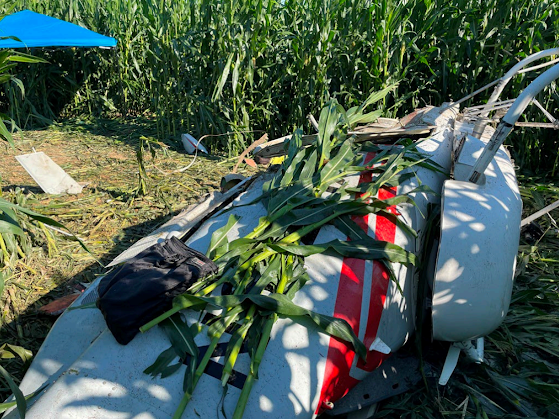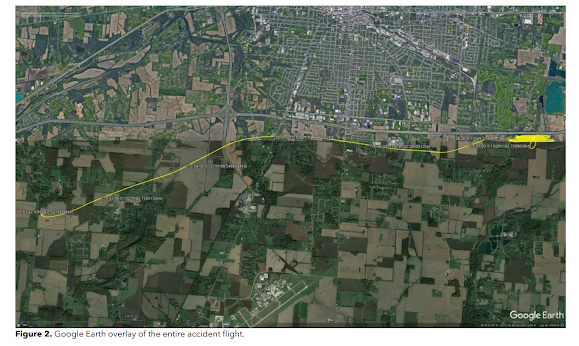- Location: Beaver Island, Michigan
- Accident Number: CEN23FA257
- Date & Time: June 23, 2023, 08:44 Local
- Registration: N103DG Aircraft: Avid Magnum
- Aircraft Damage: Substantial
- Defining Event: Controlled flight into terr/obj (CFIT)
- Injuries: 1 Fatal, 1 Minor
- Flight Conducted Under: Part 91: General aviation - Personal
On June 23, 2023, about 0844 eastern daylight time, an Avid Magnum airplane, N103DG, was substantially damaged when it was involved in an accident near Beaver Island, Michigan. The pilot sustained minor injuries. The passenger was fatally injured. The airplane was operated as a Title 14 Code of Federal Regulations Part 91 personal flight.
During a local personal sightseeing flight, the pilot was maneuvering the airplane to see a lighthouse on a remote island. Although he reported that he had good visibility and that the water was flat, the airplane inadvertently impacted the surface of the lake. The pilot regained consciousness in the water but had no recollection of the accident.
The airplane was submerged in 20 ft of water. A postaccident examination of the airplane revealed that both wings, the floats, and the lower fuselage exhibited significant aft crush damage consistent with a nose low, left-wing low impact with the water. An examination of the engine and airframe revealed no mechanical anomalies that would have precluded normal operations.
According to a surface observation about 6 miles southeast of the accident site, visual meteorological conditions prevailed. Satellite imagery for the accident site indicated cloud cover and lower visibility over most of the lake due to wildfire smoke. The first responders reported that about 15 minutes after the accident there was a lack of contrast on the horizon with smoke, haze, and calm seas, with no discernable horizon visible. The pilot of a rescue helicopter that arrived at the accident site about 30 minutes after the accident confirmed that the smoke and haze, combined with no wind and very calm water, made it impossible to determine where the sky and water met. There was no record that the pilot obtained a weather briefing before the flight.
Given the condition of the airplane and the visibility conditions at the time of the accident, it is likely that the pilot was not able to discern between the water and the horizon due to the smoke, haze, and the calm waters which resulted in the inadvertent descent into the water.
- Probable Cause: The pilot’s failure to maintain clearance from the water while maneuvering in low visibility conditions due to smoke and haze.
https://data.ntsb.gov/carol-repgen/api/Aviation/ReportMain/GenerateNewestReport/192431/pdf
https://data.ntsb.gov/Docket?ProjectID=192431
https://registry.faa.gov/AircraftInquiry/Search/NNumberResult?nNumberTxt=103DG















